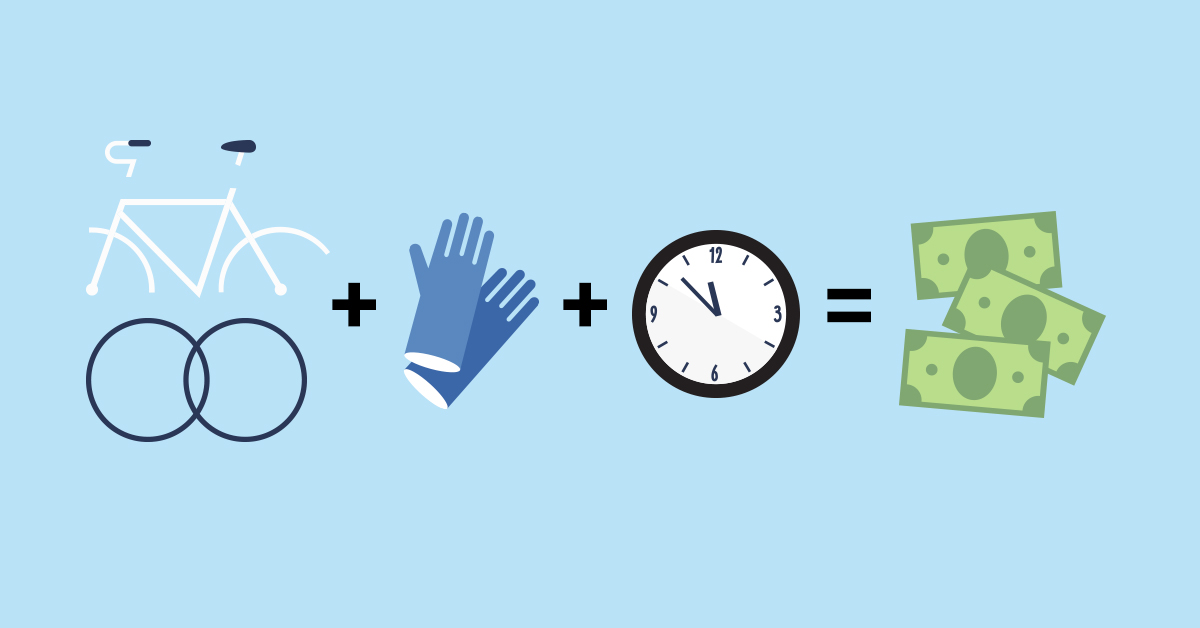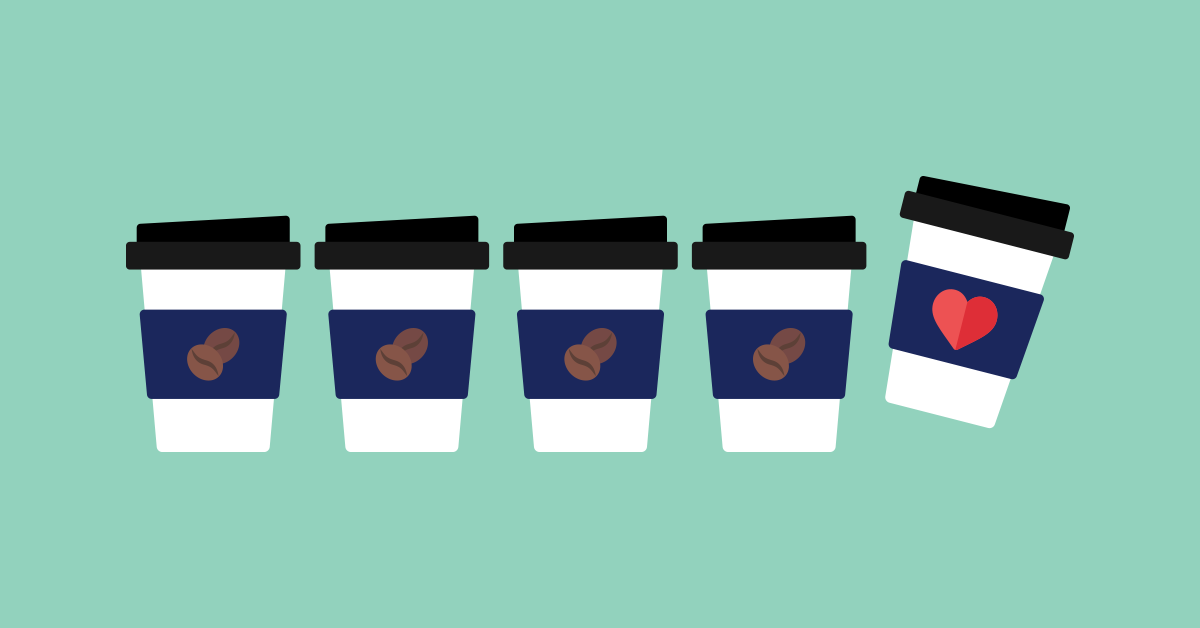
When a restaurant business is doing well, it’s understandable to want to focus on growth, sales, and sheer volume.
For chefs, restaurateurs, and general managers, that might involve adding new menus, extending opening hours, or even opening up another venue.
But now, with restaurants pretty much everywhere facing a tough outlook, costs are taking center stage.
Restaurant operators nationwide are reporting sharp declines in sales and employment levels, according to the National Restaurant Association. The association’s April 2020 survey showed 74% of restaurants expect sales in six months to be lower than the same period in 2019. Only 19 percent of operators think sales in six months will be back above 2019 levels.
There is no way to sugar coat it, it’s rough out there.
But armed with information, we can act.
In this piece, we’re going to look at restaurant prime costs, which can give you some ideas and tips for taking the actions you need. You will learn:
- What prime cost means
- A prime cost percentage to aim for
- Formulas for working out prime cost
- Examples of how to calculate prime costs
- Tips for lowering your prime costs
Your POS system is your restaurant's heartbeat
Build customizable digital floor plans and menus, track sales and inventory and more with Lightspeed’s complete restaurant management platform.
What are restaurant prime costs?
As costs have taken the center stage, prime cost has become more important.
For restaurant business leaders, prime cost is a magic number.
That’s because understanding prime cost and monitoring it regularly can give your restaurants an accurate picture of profitability.
Put simply, prime cost equals the sum of a restaurant’s costs to sell its food, drinks, and products — its Cost of Goods Sold (COGS) – plus the various labor costs of its salaried and casual staff.
What is the average prime cost for restaurants?
Industry averages suggest prime costs should be between 55% and 60%. Years ago, that number might have been as high as 65%. But as the costs of rent, insurance, and goods have risen, it’s become more important to keep that percentage quite tight within that range.
There are exceptions. Think of a restaurant that’s part of a hotel or a sports club. These kinds of venues can maybe, just maybe, have primes costs of up to 65%. That’s because they often serve as loss leaders for the core part of the business — think hotel stays or annual club memberships, for example.
For pretty much every other kind of restaurant, it will be difficult to be profitable with a prime cost of more than 65%. It’s a number we want to watch.
Prime cost formula
With that kind of setup, you’d expect prime cost to have complicated formula. Thankfully, it doesn’t. Prime cost includes everything you’ve spent to purchase, distribute, serve, and deliver your menu items and products. As a formula, it looks like this:

To understand where you prime costs fit in with the industry averages mentioned above, you’ll need to calculate prime costs as a percentage of your sales for the given period (say a week or month).

Total cost of goods sold (COGS)
As we explain in this article, roughly a third of a restaurant’s gross revenue goes towards paying for COGS.
Total labor costs
As the formulas above show, you need to add your labor costs to your COGS to arrive at your prime costs.
Labor costs are important because they cover a restaurant’’s most important asset: its staff. But labor costs are about more than just salaries and hourly rates for management, chefs, wait staff, and delivery drivers.
When calculating your labor costs, you should also include things like:
- Health insurance
- Bonuses and overtime
- Annual leave
- Personal leave
- Payroll tax
By the way, we have a detailed guide to understanding and tracking your labor costs here, if you want to dig deeper.
Prime cost example
Time for an example, to bring prime cost to life.
Let’s say you own a seaside restaurant that specializes in seafood dishes and outdoor dining. You want to understand your prime cost during May. It was traditionally the start of the summer season, but you’ve had to remove some tables from your outdoor dining area to practice social distancing on the premises. Because of this, you’ve decided you’ll be reducing the number of wait staff that usually serve that area from four to two. Let’s say the sales for that month ended up being $36,000.
After looking at your beginning inventory, purchased inventory, and ending inventory, you discover that you have a COGS of $22,000.
Your labor costs have changed slightly since you last looked at these figures and so you see that your labor costs have dropped to $2500, including tax and leave entitlements.
Total sales = $36,000
COGS = $22,000
Labor costs = $2,500
Using our prime costs formula from before, that gives us:
Prime costs = $22,000 + $2,500
Prime costs = $24,500
Our total prime costs are $24,500. Now, let’s get the percentage. Using our formula from before, that looks like this:
Prime costs as a percentage of sales = $24,500 / $36,000
Prime costs as a percentage of sales = 0.68
That leaves our seafood restaurant with what would be considered a high prime cost of 68%.
Why is tracking prime cost important?
Tracking prime cost is important for restaurants because it can help address negative impacts on profit. And if it’s important to track prime costs, it is even more important to do it regularly. This shouldn’t be a once-a-year or once-a-quarter activity.
Why?
Well, prime costs show you where you are losing out to waste, theft, scheduling issues, problems with menu pricing, portioning, or food and beverage sourcing.
If you don’t monitor prime costs regularly, the cost of these problems can eat into your profit and loss statement over time. In short, the sooner you know about problems, the sooner you can address them.
3 ways to keep prime costs low
Everything we’ve said up until this point raises an obvious next question: how can you keep prime costs in check? The good news is that you have some sway over this.
1. Set and monitor an ideal prime cost
The first step in getting prime costs under your control is to understand what works best for your own restaurant. Yes, the industry average suggests a safe range of 55% to 60%, but restaurants that do fine dining versus those that do high-volume, fast food are going to have very different COGS and labor costs. The more you can find out and understand about your restaurant’s COGS and its labor costs, the better a position you will be in. The challenge with both COGS and labor costs is their changeable nature.
Let’s think about that seafood restaurant again. It’s clear that the seasons will have a big impact on the number of covers you can do across the year. In summer, your chefs and wait staff might be frantically busy. But in cooler months, foot traffic will be lower.
2. Lower your cost of goods sold (COGS)
The lower your cost of goods sold, the higher your restaurant’s profit margins will be. No matter what type of establishment you operate, it’s in your best interest to find ways to lower your COGS without sacrificing food quality and jeopardizing customer satisfaction.
Here are six actionable ways to lower your cost of goods sold:
- Watch your inventory
- Buy in bulk where possible
- Compare vendors
- Reduce food waste
- Redesign your menu
- Buy less-expensive ingredients.
3. Lower your labor costs
Labor costs have long been rising, but there are some ways you can manage them.
Here’s three:
- Carefully manage scheduling: Be careful not to put too many staff on during quiet days and seasons. At the same time, make sure to have the right number of staff on for those peak times where you need to serve customers quickly, or cleverly. For example, you might have a waiter or sommelier who is very good at suggesting special meals or wines to go with particular dishes on special occasions. Or a chef who is adept at managing a kitchen that needs to work fast while maintaining dish quality.
- Keep an eye on overtime: Make sure full-time staff aren’t being overworked and try to balance their hours with casual and part-time employees’. It may also be worth installing a time and attendance system to get a clearer picture for your payroll.
- Keep your best staff happy: It’s far more cost-effective to keep and train staff than hire anew. Set clear management and reporting structures for staff members and make sure to develop them professionally. Avoiding employee churn will limit costly hiring fees and training costs.
A final word on prime costs
So, prime cost really is a magic number if you’re serious about managing, running, and growing a restaurant business. That’s because food costs, beverage costs, merchandise costs, and even labor costs all mean little on their own. Yes, they’re important costs to know and manage — but they get vastly more useful once you add them up to arrive at prime cost.

News you care about. Tips you can use.
Everything your business needs to grow, delivered straight to your inbox.



